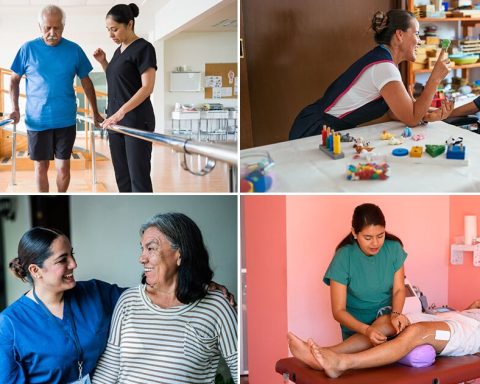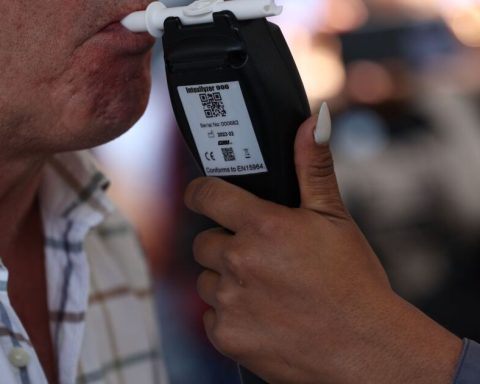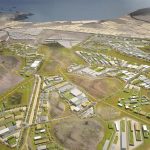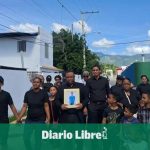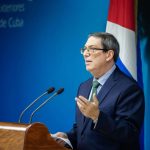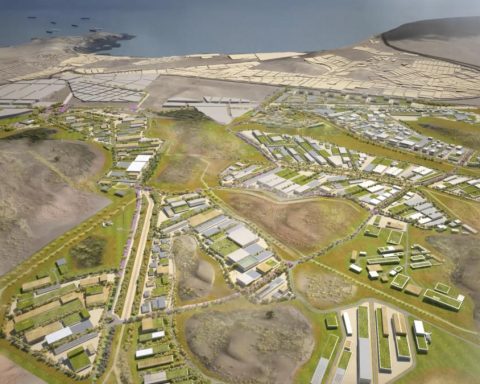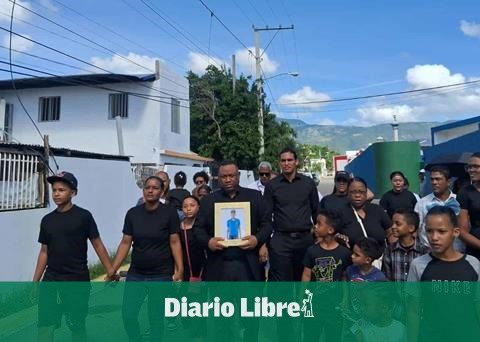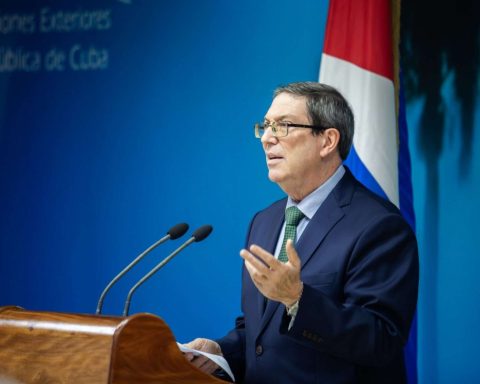AND
I agree signed by Miguel Ángel Navarro, governor of Nayarit, with Zoé Robledo, director of IMSS, 11/7/21 to enlarge
the IMSS-Well-Being Program (PIB) and serve the open population without social security of the entity, definitively buries the original GDP and installs an emerging model IMSS-B extended
, only focused on medical care and devoid of the community actions that gave meaning to the original GDP. It is similar to the case of the agreement signed with the governor of Tlaxcala (Lorena Cuéllar) 2/4/22.
The original GDP, with what was his Comprehensive Health Care Model (MAIS), may be preserved by Robledo in its current dilapidated state (see Sánchez, Leal, Escobar, León, Community action in the IMSS-B. Operative visions of the other history
, 2021). But the Nayarit agreement no longer sees it as its option and introduces another model that is unrelated to it: it breaks the integrity of the operating rules of its original balanced version between health care and community action.
The fourth commitment of the agreement stipulates three axes: financial resources; infrastructure and material resources of the medical units, as well as the personnel attached to the health units. Therefore, that IMSS-B extended
introduces an emerging model based solely on medical assistance.
The eighth commitment illustrates this change of model when it states that Through the IMSS-Wellness Program, health services are provided to its beneficiaries, with the quality, warmth and efficiency that people with social security receive, strictly adhering to the operating rules of the aforementioned program.
.
This commitment is saturated with inaccuracies. First: offer to lend through
of GDP only health services. But that GDP also provides tasks for community action. Where were they? Because GDP is not offered, but a new model extended
that does not have community action. Second: it offers quality, warmth and efficiency as people receive with
social Security. Precisely what the original GDP does not do. Since it is an IMSS program for the population without social security, paid with fiscal resources and not with worker-employer contributions, as occurs with the ordinary IMSS regime, and it is the population that has social security. Third: offer to stick strictly
to GDP operating rules. What does not comply with that agreement. If it does, it should necessarily incorporate community action tasks and not just medical care.
In short: the agreement activates a model extended
different from the original GDP with health care, but without community action. In other words, it is a new program with a new model to which one of its most important parts has been severed: community action and, therefore, the integrality of the operating rules of the original GDP, heir to the spirit of primary care. Of the health ( Soul Ata). This community action entails co-responsibility focused on prevention and health promotion. Not only guarantee medical attention and medicines.
There is also another big pending issue: what will happen to the GDP’s health volunteers/volunteer promoters who work in 82 Rural Medical Units and the San Cayetano Regional Hospital? Will there be two IMSS-Wellness programs?
As the 2022 GDP operating rules confirm, it is clear that, if the agreement will operate as a pilot test of centralization of the dream
of AMLO to serve the entire open population without social security, the lesson is clear: to adequately cover it, it is necessary to design a new care model – which cannot be the IMSS-Wellness extended
– national in scope adjusted to the current rural-urban profile of health damage, with the corresponding prevention-cure balance prescribed by primary health care and endowed with a reinforced labor chapter in line with the work carried out today by national teams of health.
This would also order the entire training model for health resources in progress to have more general practitioners and specialists, increasing university enrollment and creating new spaces, such as the University of Health and the Benito Juárez Program of Universities for Welfare.
Since the presence of this new care model would activate for the first time a real post-neoliberal care alternative based on a real –and not theoretical– primary health care, favoring prevention based on community action and not only participation
of the community. Not just a sexennial policy change. A profound change in the health regime, at the height of the 4T.
Fully designed by the Ssa as sector head, this new care model could govern the operating rules of the aforementioned agreement for the benefit of the entire open population without social security that it sounds
cover President López Obrador.
* Autonomous Metropolitan University-Xochimilco


